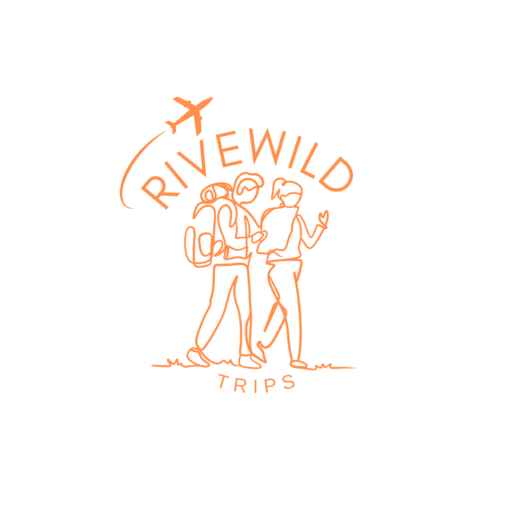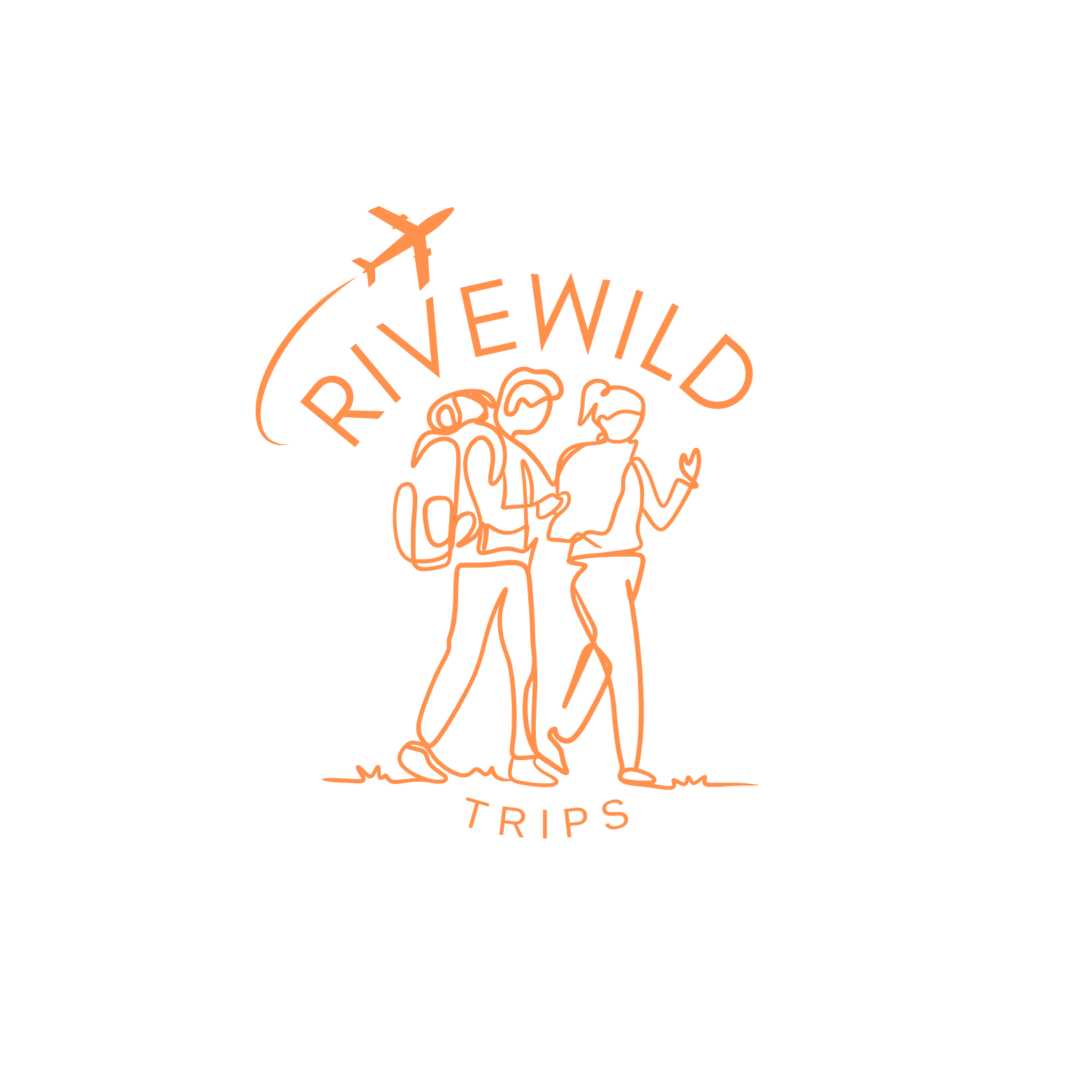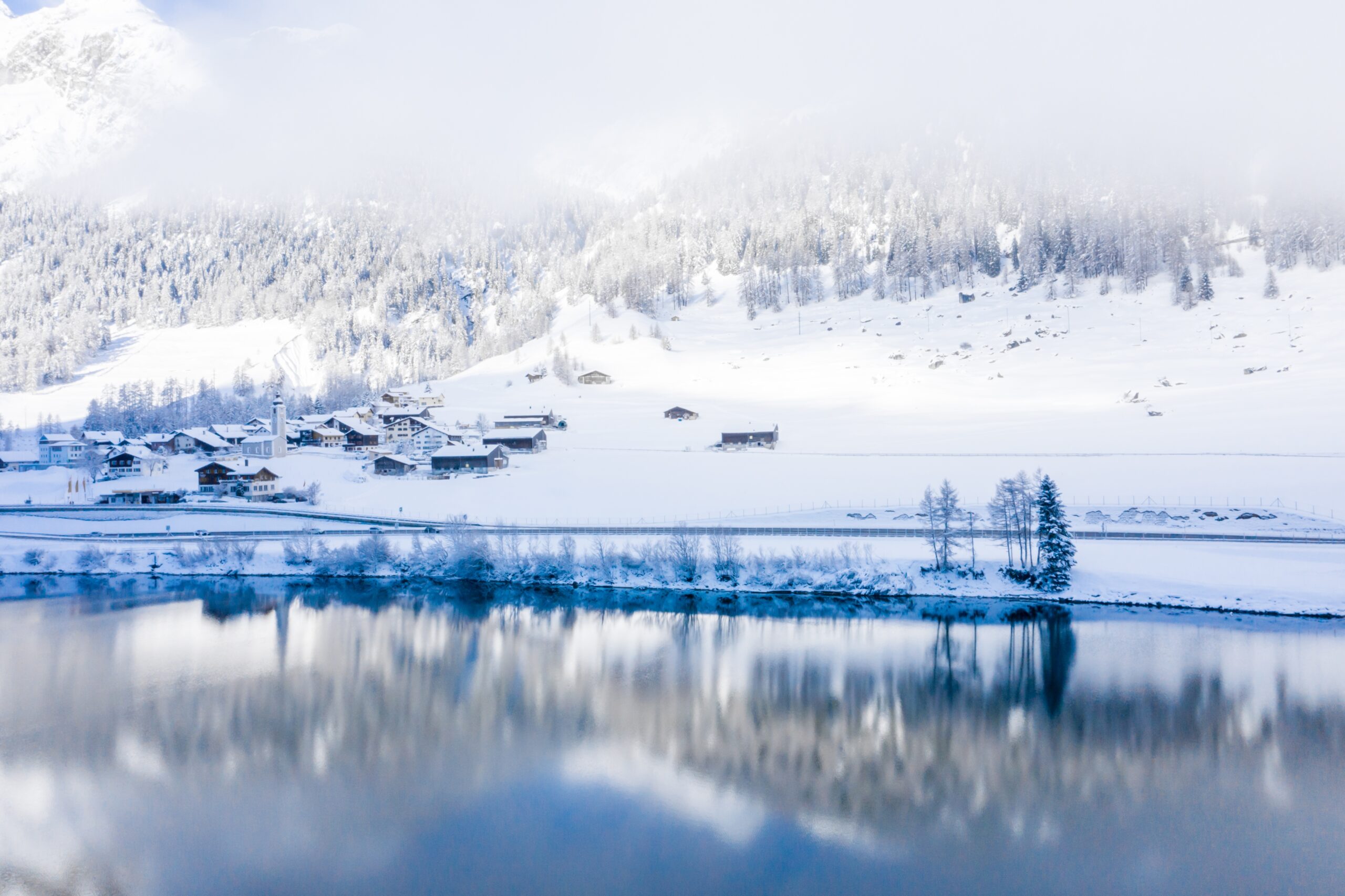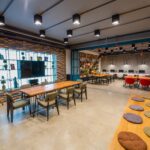Deeply interested in wild nature, I had always dreamed of visiting Lapland.
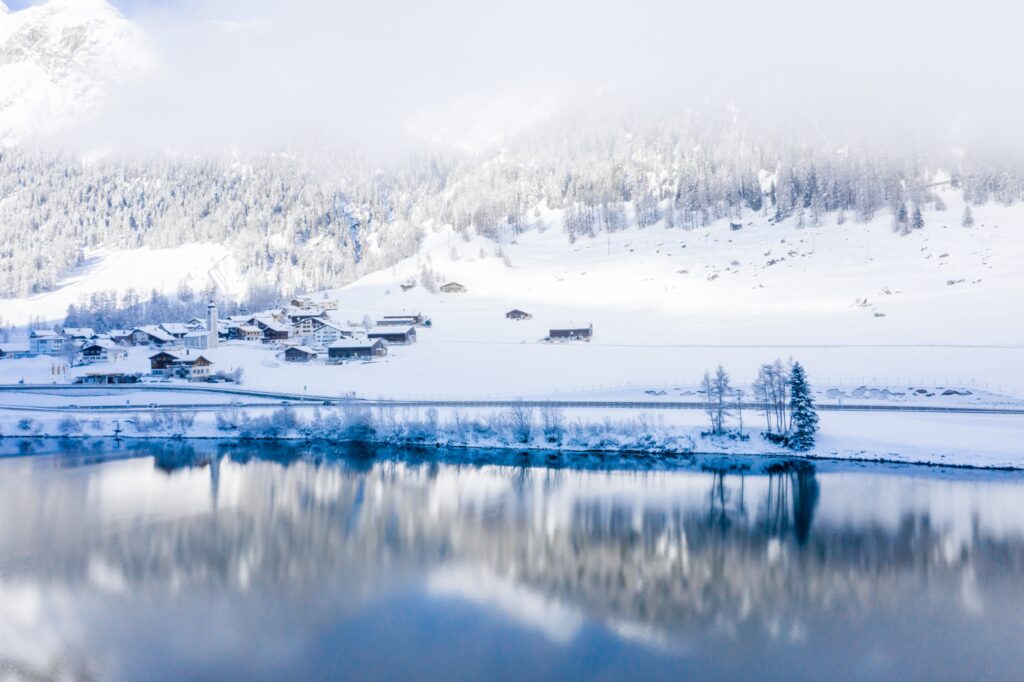
Many people associate Lapland with Finland, but it actually spans across northern Sweden, Norway, Finland, and even parts of Russia, covering about a quarter of Scandinavia. The indigenous Sami people have called this region home for thousands of years.
Although people commonly use the term “Lapland,” it originates from the word “Lapp,” which some Sami consider offensive. they prefer the name “Sápmi” in their own language.
This Arctic wonderland boasts incredibly diverse landscapes, from the fjord-filled mountains of Norway and the lush taiga of Sweden to Finland’s serene lowlands and Russia’s remote wilderness.
With its unspoiled nature and cultural richness, Sápmi remains one of Europe’s most captivating and unique regions.Interestingly, although Iceland and Denmark lie within the Arctic Circle, people do not consider them part of Lapland.
Swedish Lapland
Swedish Lapland is a pristine and captivating destination, stretching across the Arctic Circle and offering visitors a chance to immerse themselves in one of Europe’s last true wildernesses: reason why we have chosen it.
With its dramatic landscapes, indigenous Sami culture, and unique seasonal experiences like the Midnight Sun and Northern Lights, it’s a year-round destination for nature lovers and adventure seekers alike.
Whether you’re chasing the aurora borealis, hiking through lush summer landscapes, or learning ancient traditions from the Sami people, Swedish Lapland is an unforgettable journey.
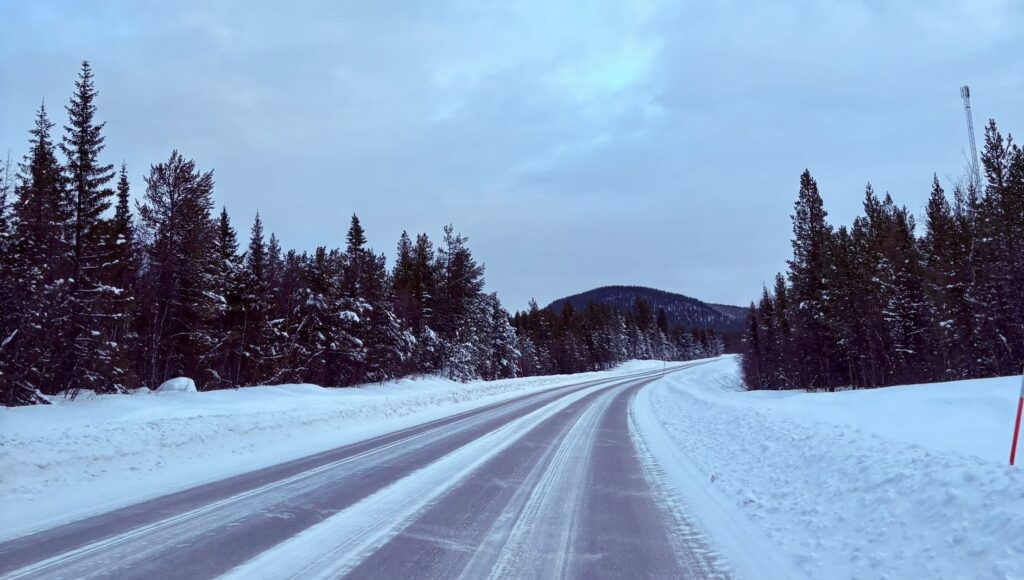
Our Flight from London Heathrow with layover in Stockholm landed in Kiruna: The northernmost town in Sweden and a gateway to the vast wilderness of Swedish Lapland.
Surrounded by stunning landscapes, including the majestic Kebnekaise mountain range and the serene Torne River, it’s the perfect starting point for Arctic adventures. We highly recommend to rent a car, like we did, for more flexibility. Don’t worry, cars come equipped with winter tires, and crews constantly clean the roads.
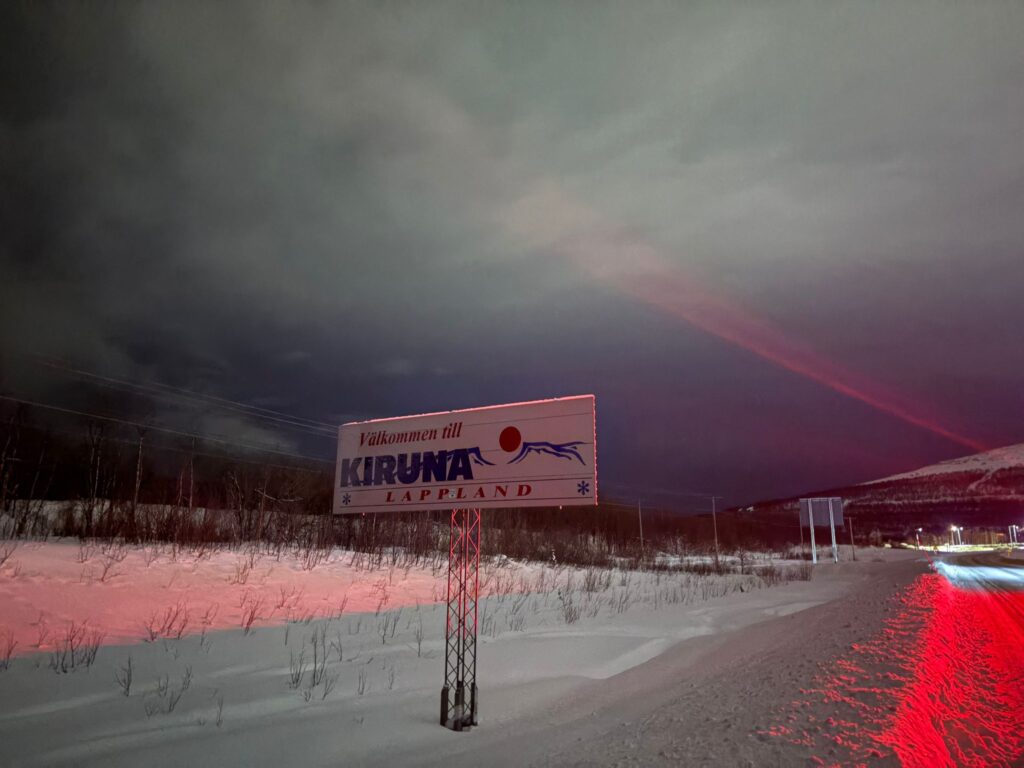
Our Favourite Experiences in Swedish Lapland
1. Visit Jukkasjärvi
Jukkasjärvi is a charming village in Swedish Lapland, located along the banks of the Torne River, just a short drive from Kiruna. Was definitely one of our favourite village visited in Lapland, this peaceful village offers a blend of stunning Arctic nature and cultural heritage. The centuries-old Jukkasjärvi Church, with its beautifully painted altar, adds a touch of history to the village surrounded by frozen lake.
We spent all morning hiking around and explore the surrounding.
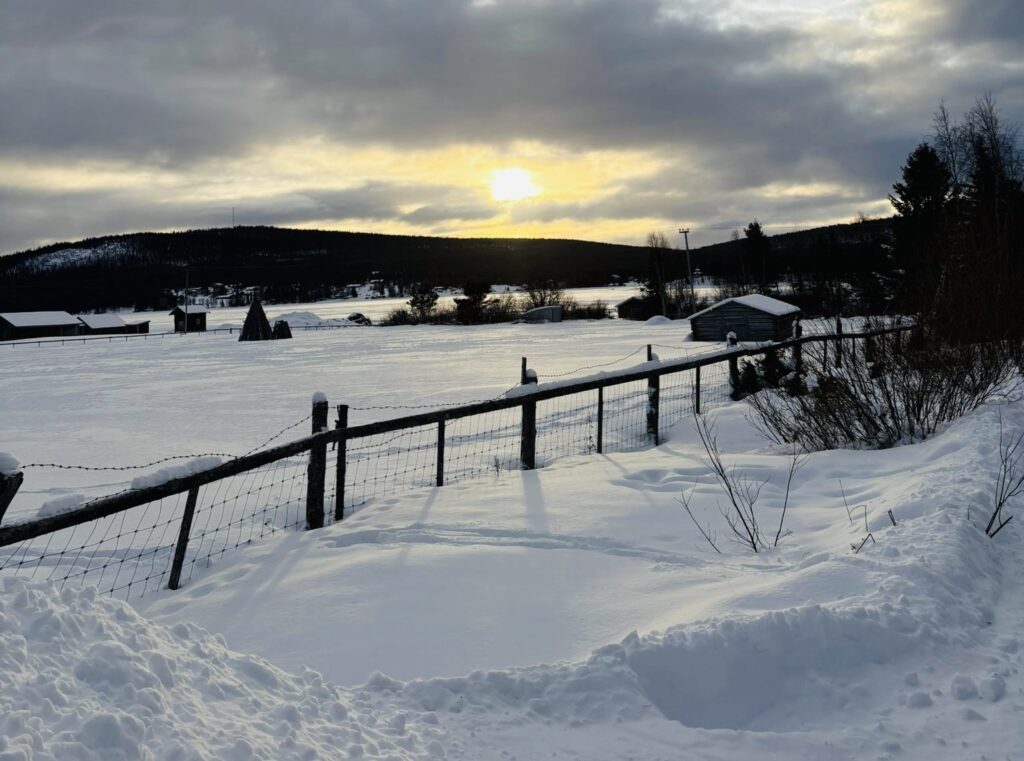
The iconic ICEHOTEL in Jukkasjärvi is rebuilt every winter from ice harvested from the Torne River. Visitors can marvel at intricate ice sculptures, sleep in frosty rooms, or enjoy a warm cup of lingonberry juice in the ice bar.
The ticket to visit the hotel isn’t exactly cheap, but even though it feels a bit touristy, we don’t regret going. Each room is designed by a different artist, making it more like an ice sculpture museum. Unique experience.
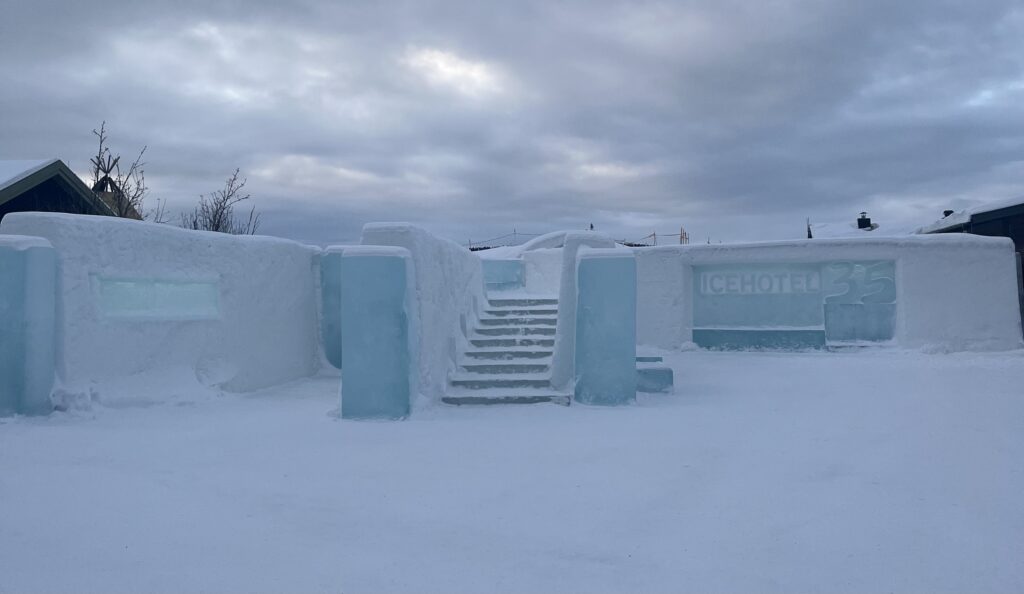
2. Lunch at Ovttas at Nutti sàmi siida
Have lunch at Ovttas. The menu consist of traditional as well as modern Sámi dishes cooked by local ingredients such as reindeer, fish and berries. They are also preserve the traditional Sámi preparation methods, such as smoking and drying, to create flavorful and unique dishes. So with good food, cozy atmosphere and big fire this restaurant will be a part of a memorable meal!
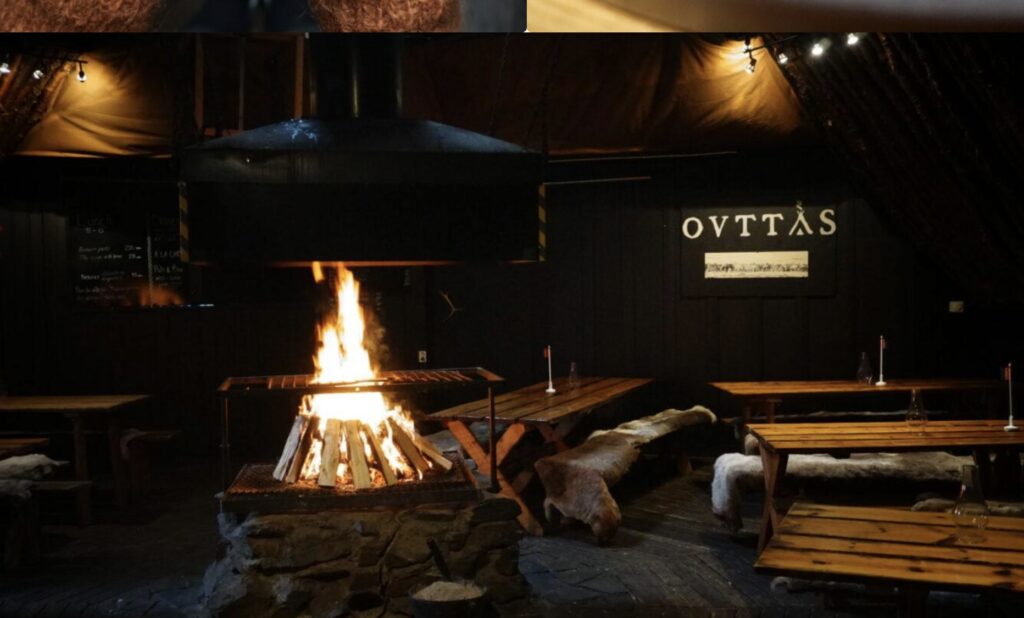
3. Visit Abisko National park
About an hour an half drive from Kiruna, you will find a stunning Abisko National Park, one of the best place to witness the northern lights. Majestic mountains frame the beautiful Abiskodalen valley with its flowering alpine meadows, picturesque rapids and Scandinavia’s largest alpine lake (frozen in winter). Hikes in Abisko National Parks offer stunning views. Keep an eye out for wildlife, including reindeer, moose, and Arctic foxes.
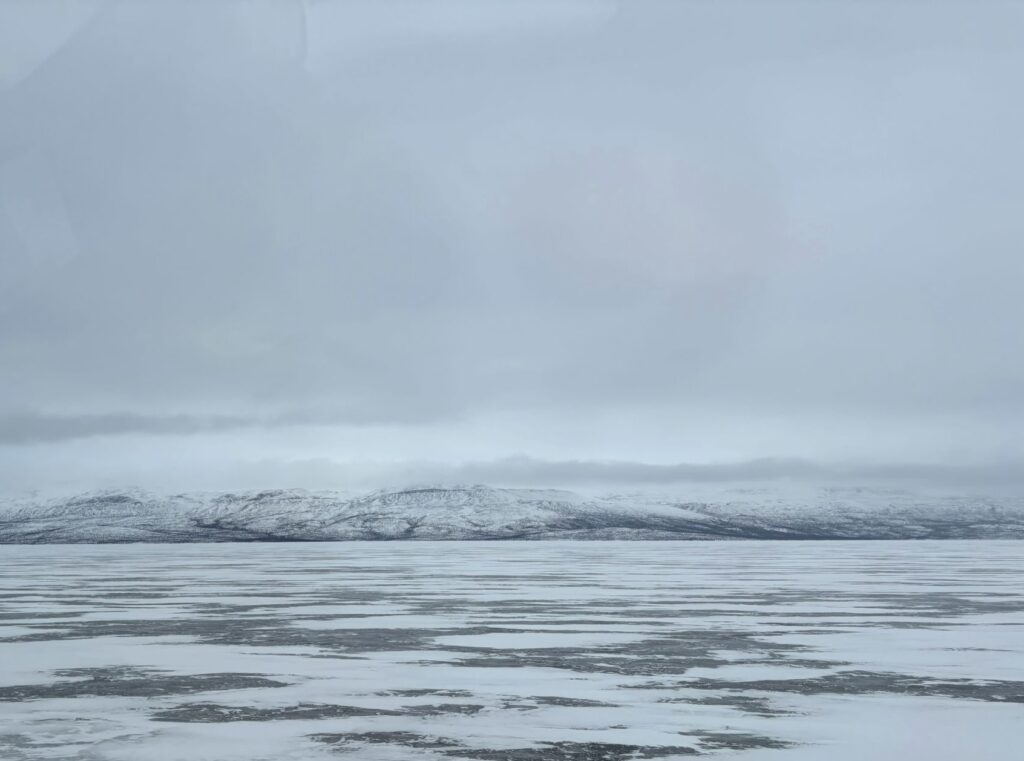
4. Wildlife Safaris
Swedish Lapland is home to diverse wildlife. Safaris offer the chance to spot elusive animals such as lynx, moose, reindeer and golden eagles.
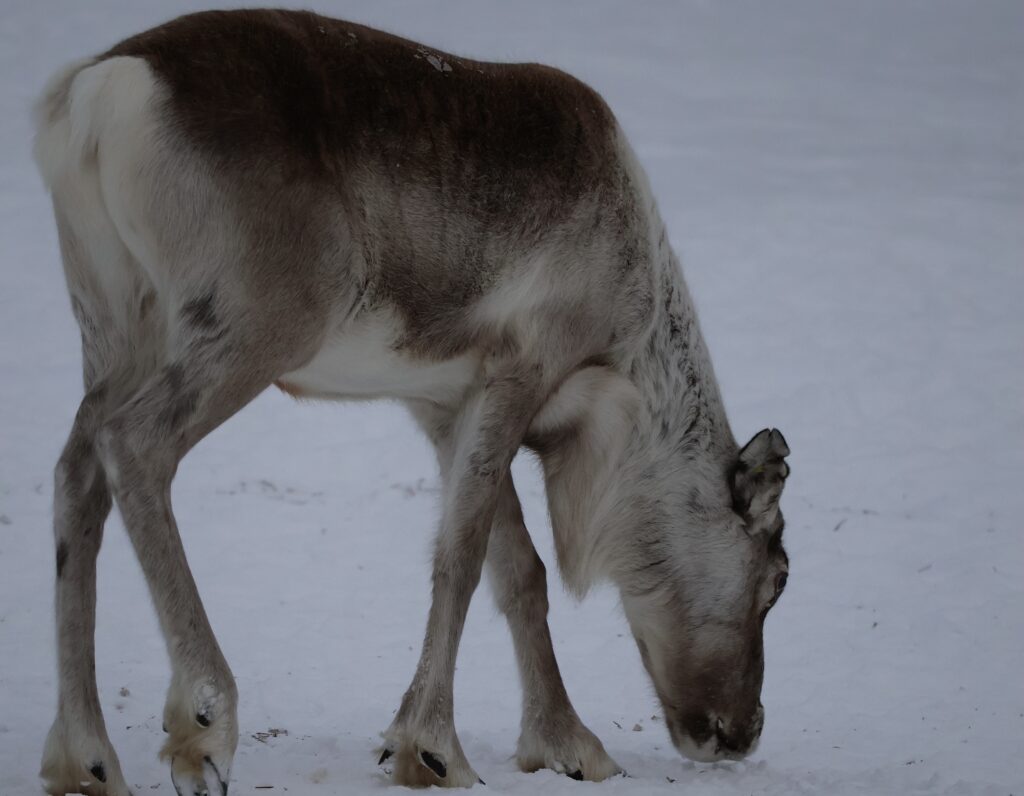
5. Chasing the Northern Lights
Swedish Lapland is one of the best places in the world to see the Northern Lights (aurora borealis). The dark, clear skies from October to March provide optimal conditions. Abisko National Park is particularly famous for its “Blue Hole,” a weather phenomenon that creates clear skies even when surrounding areas are cloudy. Guided tours offer cozy viewing spots and photography tips.
We did’t have the best conditions on our week end there, but we managed to get some view.
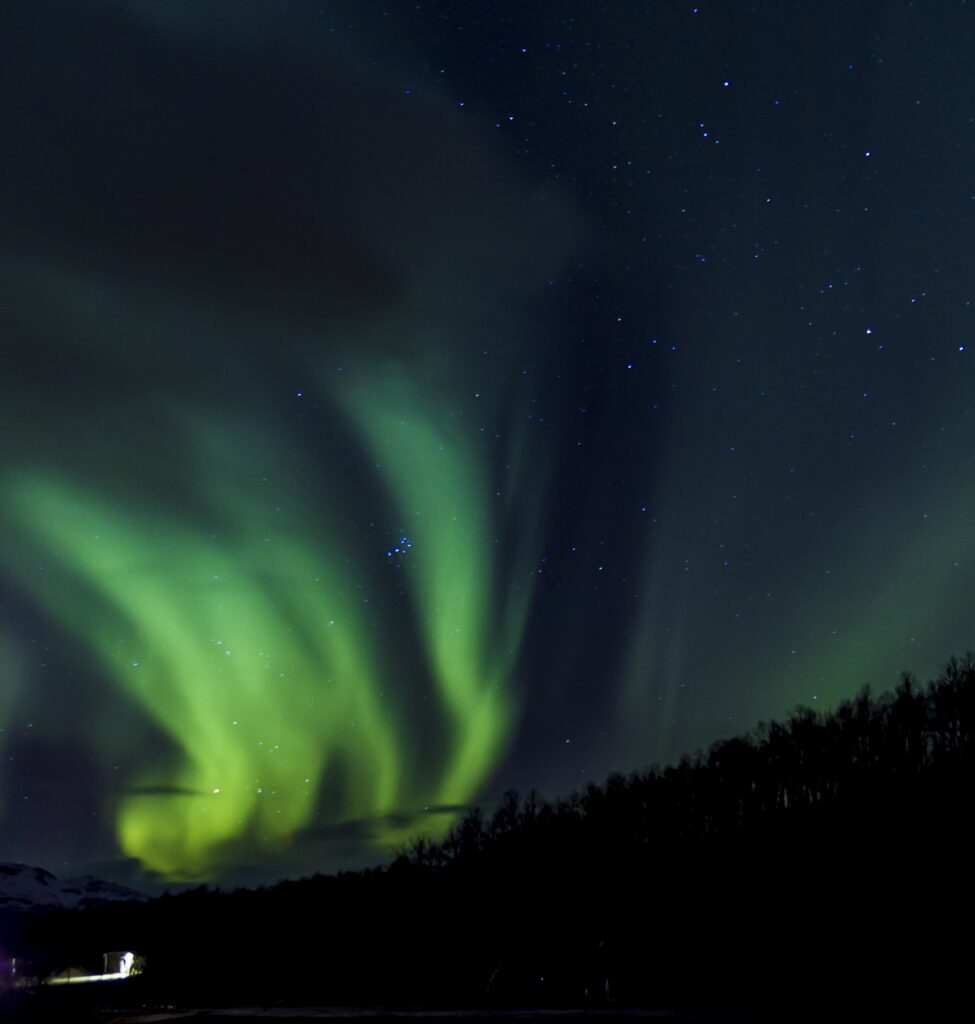
There are many other activities, such as snowshoe walks, reindeer experiences, and dog sledding tours.
We personally don’t like the idea of dogs or reindeer being used to pull tourists around, which is why we choose not to participate. However, we’re not accusing anyone of neglecting animal welfare, huskies seem to enjoy the activity, and we’ve seen dog owners constantly cuddling and caring for their animals with great dedication. It’s simply a personal choice, as we prefer seeing animals free in their natural habitat.
Tips to Visit Swedish Lapland
1. Flight
If you’re flying to Kiruna (KRN), book your flight through Stockholm Arlanda (ARN) for the most seamless connections, as it serves as the main hub for domestic flights to Lapland with Scandinavian Airline SAS. Winter months (November to March) offer breathtaking Arctic landscapes but come with the risk of weather-related delays, so always allow some time between connecting flights. Also, grab a window seat for stunning views of Lapland’s frozen forests and snow-covered landscapes as you approach Kiruna!
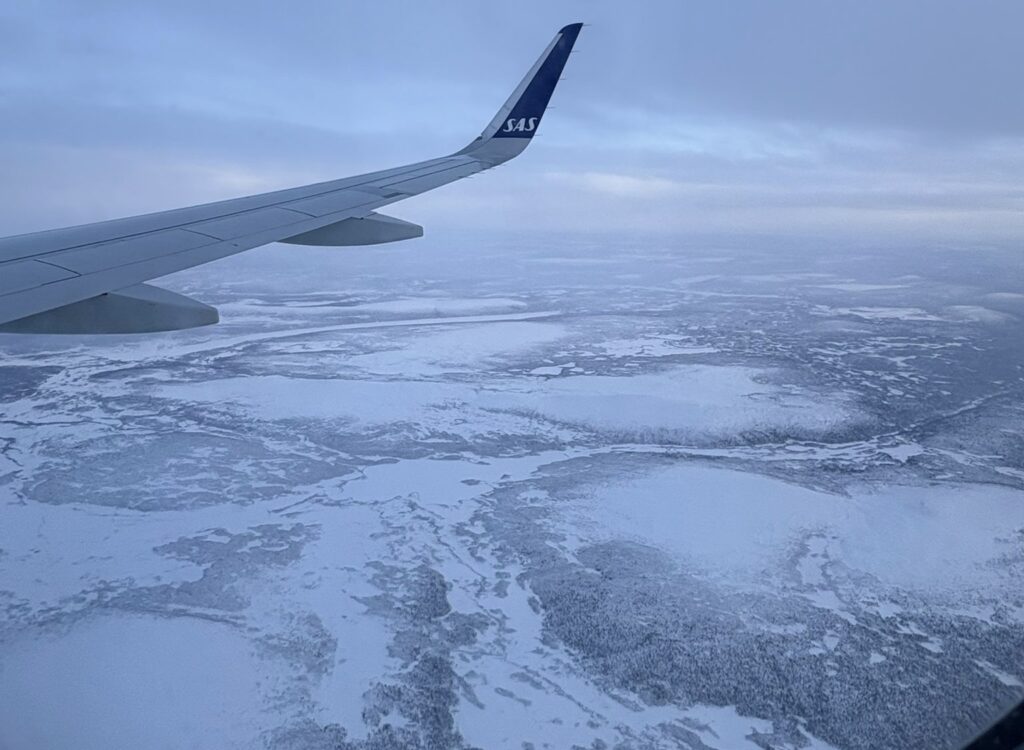
2. Accomodation
Book well in advance, especially during the peak winter season when tourists flock to see the Northern Lights and enjoy winter activities. If you’re seeking unique experience, consider staying in glass-roofed cabins for stargazing and aurora views. For more budget-friendly stays, look for cozy guesthouses or traditional Swedish mountain lodges (fjällstations).
We stayed at Camp Ripan, a fantastic campsite featuring charming wooden cabins nestled in a snowy landscape and surrounded by pristine nature, an unforgettable experience.
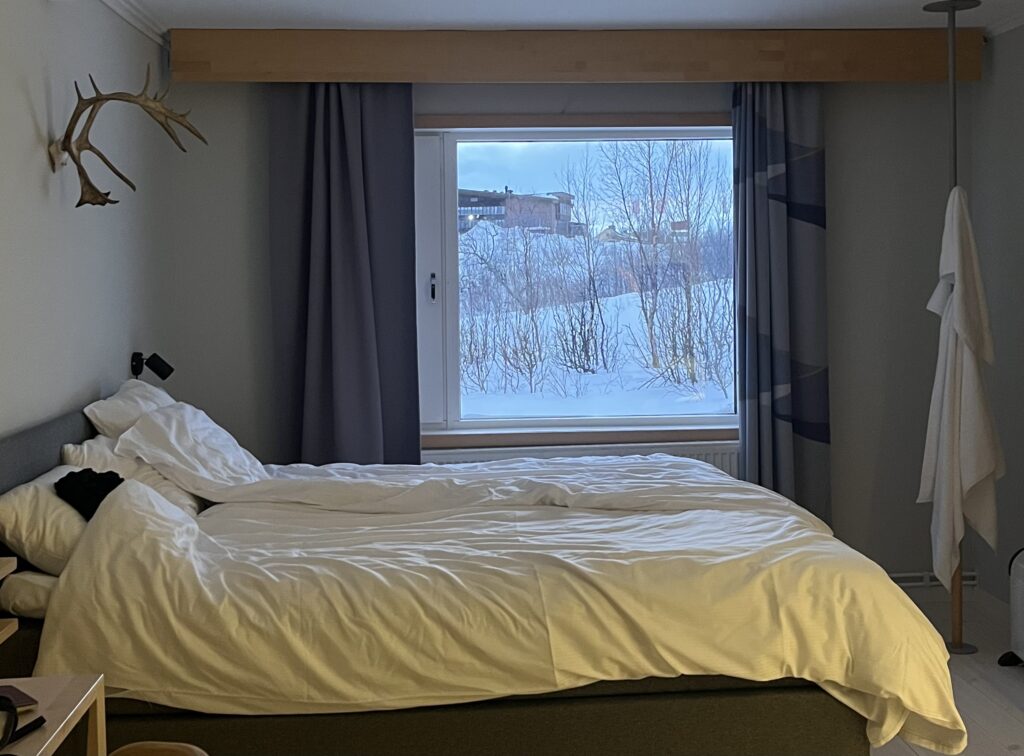
3. What to wear
Layering is key to staying warm in the Arctic climate of Lapland. Start with thermal underwear, (Merino wool is our favourite), add an insulating layer (like fleece), and finish with a windproof and waterproof outer layer. Don’t forget essentials: boots, merino wool socks, a warm hat that covers your ears, a neck gaiter, and insulated gloves or mittens (mittens are warmer!). If you’re doing outdoor activities, hand and foot warmers are lifesavers. Opt for materials like merino wool NO cotton, which retains moisture and will make you feel colder.
4. Restaurants
- OTs Bodega offers European, Swedish, and pub-style cuisine. The restaurant operates from Wednesday to Sunday, very local! (our favourite)
- Stejk Street Food Local street food. Reindeer & moose meat mix, arctic cheese, steaks and condiments. Cozy warm lavvu with an open fireplace similar to Ovttas at Nutti Sàmi siida.
- Spill saluhall & eatery Best place for comfort food, beers, decent pizza and very reasonable prices.
Why Visit Swedish Lapland?
Swedish Lapland is more than just a destination, it’s a place where nature and culture blend seamlessly to create unforgettable experiences. Whether you’re gazing at the Northern Lights, hiking through pristine wilderness, or connecting with the ancient traditions of the Sami people, every moment in this Arctic wonderland is a treasure.
Check it out also: How to Travel Lightweight: A Practical Guide
